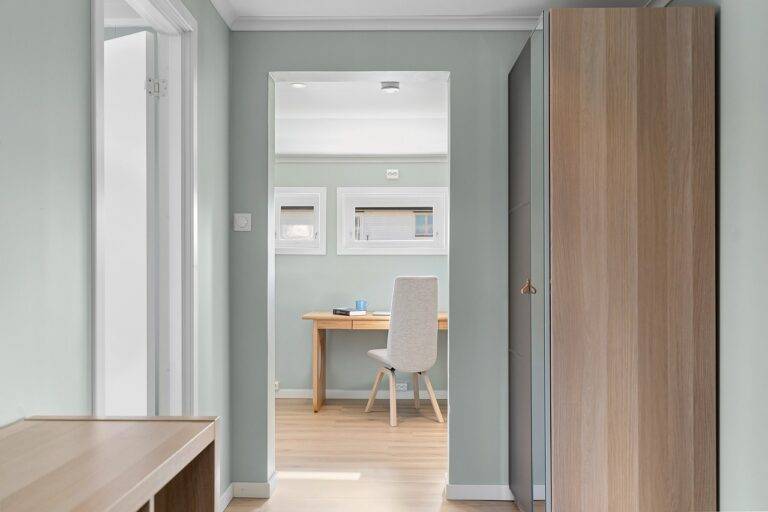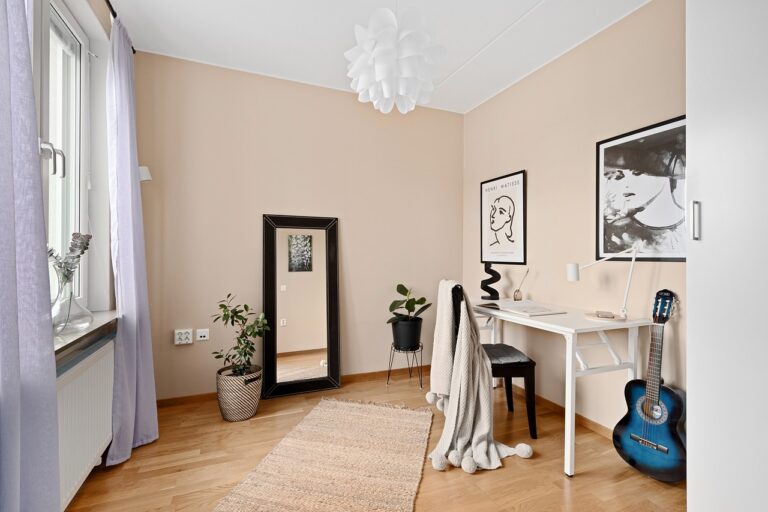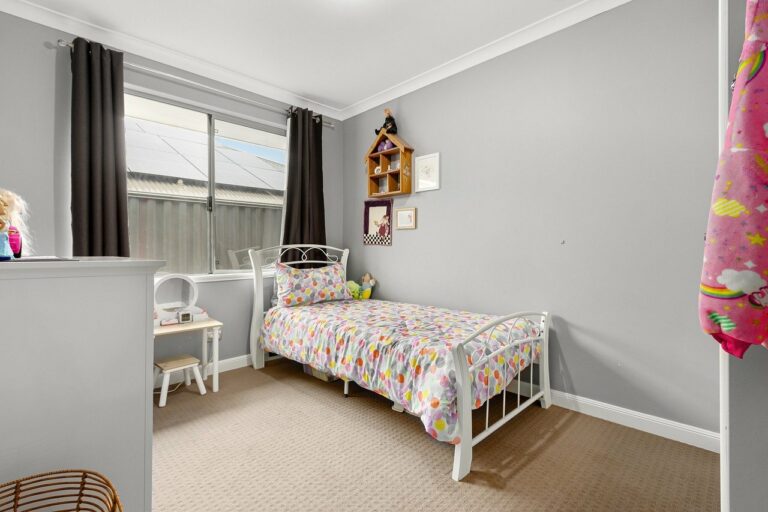The Psychology of Home Décor: How Your Environment Affects Your Mood
The way we choose to decorate our homes says a lot about who we are as individuals. Home décor allows us to express our personality, style, and creativity in a tangible way. It is a reflection of our tastes, preferences, and values, making our living spaces truly unique to us.
Beyond just aesthetics, home décor plays a significant role in creating a comfortable and welcoming environment. The colors, textures, and furniture choices in our homes can impact our mood, productivity, and overall well-being. By carefully selecting and arranging décor items, we can enhance the ambiance of our space and make it a place where we feel happy, relaxed, and at ease.
• Home décor is a form of self-expression that reflects our personality and style
• It allows us to showcase our creativity and individuality in a tangible way
• Our home décor choices can reveal our tastes, preferences, and values
• Creating a comfortable and welcoming environment through décor is essential for overall well-being
• The colors, textures, and furniture in our homes can impact mood and productivity
• Carefully selecting and arranging décor items can enhance the ambiance of living spaces
Color Psychology in Home Design
Color psychology plays a significant role in home design, as different colors can evoke various emotions and influence the overall ambiance of a space. Warm colors like red, orange, and yellow are known to create a sense of energy and warmth, making them suitable for areas where socialization and activity occur. On the other hand, cool colors like blue, green, and purple have a calming effect, making them ideal for spaces where relaxation and tranquility are desired.
When choosing colors for a room, it is essential to consider the purpose of the space and the atmosphere you wish to create. For instance, using shades of blue in a bedroom can promote a sense of serenity and improve sleep quality, while incorporating red accents in a dining room can stimulate appetite and encourage lively conversations. By understanding the psychological impact of colors, homeowners can effectively use color theory to enhance the functionality and aesthetics of their living environment.
Impact of Lighting on Mood
Lighting plays a crucial role in setting the tone and ambiance of a space. Bright, natural light can evoke feelings of energy and positivity, while dim, warm lighting can create a cozy and intimate atmosphere. The type of lighting used in a room can significantly impact the mood of individuals within that space.
Harsh, fluorescent lighting is often associated with feelings of stress and discomfort, making it less than ideal for relaxation or unwinding. On the other hand, soft, ambient lighting can promote feelings of calmness and tranquility, fostering a more peaceful environment. By being mindful of the lighting choices in your home, you can actively contribute to creating the desired mood and atmosphere for different areas of your living space.
How does home décor impact mood?
Home décor can have a significant impact on mood by creating a comfortable and inviting space that promotes relaxation and happiness.
Can color psychology influence mood in home design?
Yes, color psychology suggests that different colors can evoke different emotions. For example, warm colors like red and orange can create a cozy atmosphere, while cool colors like blue can promote feelings of calmness.
How does lighting affect mood in a home?
Lighting plays a crucial role in setting the mood in a home. Bright, natural light can boost mood and energy levels, while soft, warm lighting can create a cozy and relaxing ambiance.
What are some ways to enhance the lighting in a home for better mood?
To enhance lighting in a home for better mood, consider using a combination of natural light, overhead lighting, task lighting, and accent lighting. Additionally, using dimmer switches can help adjust the lighting to suit different moods and occasions.







